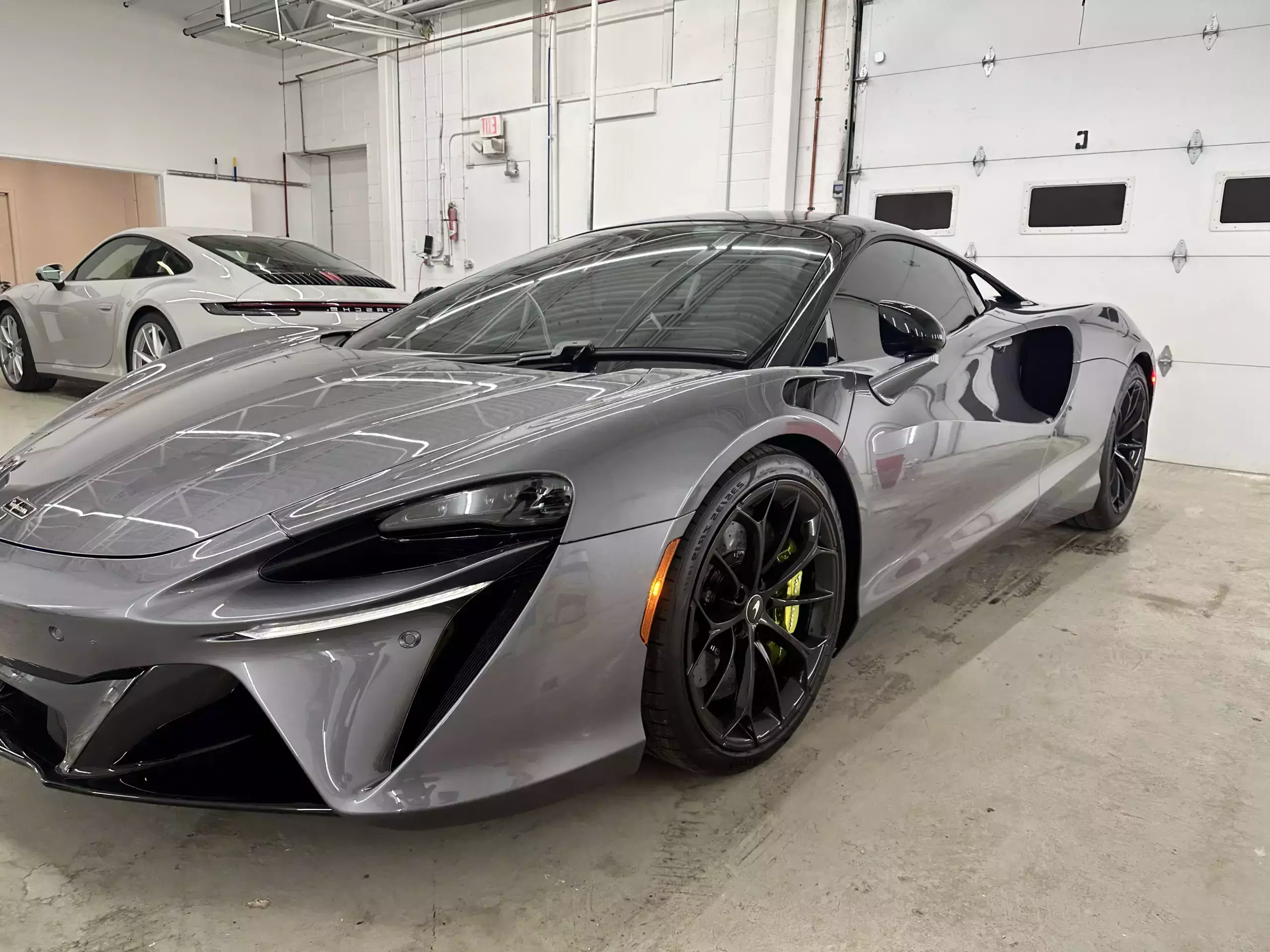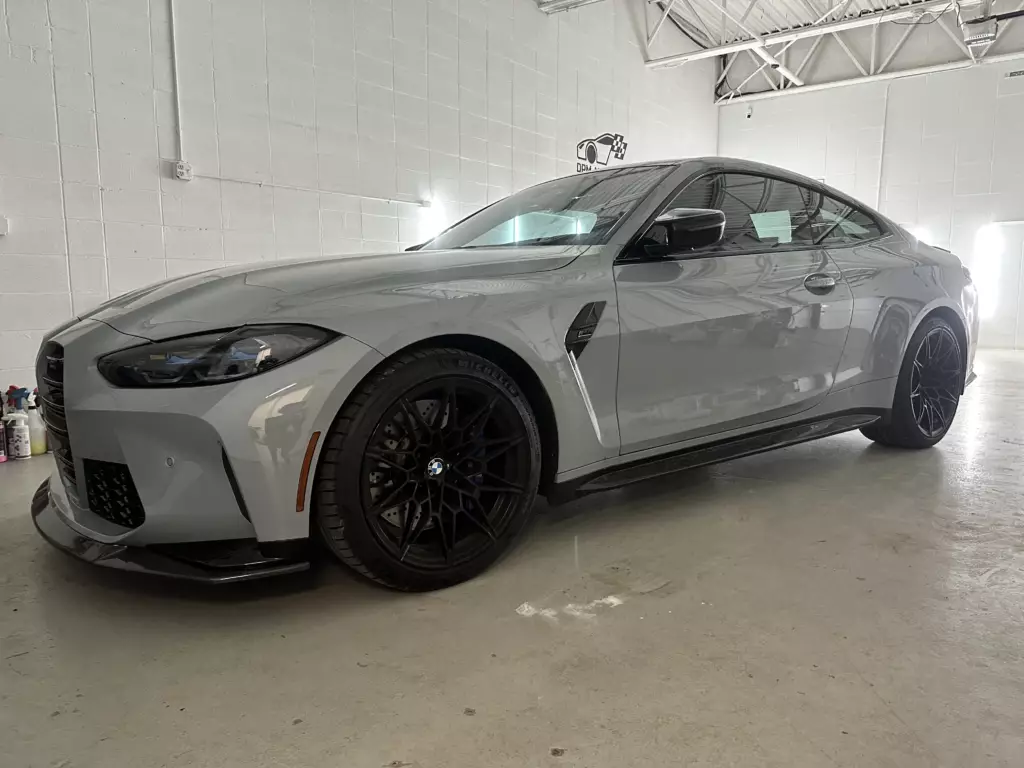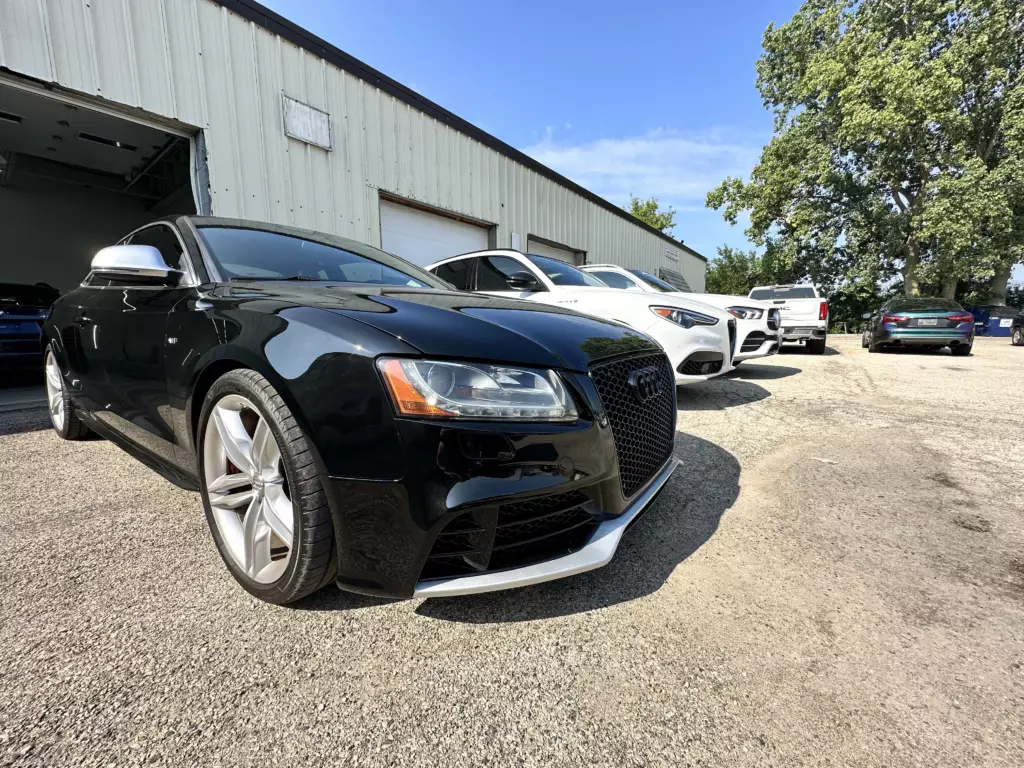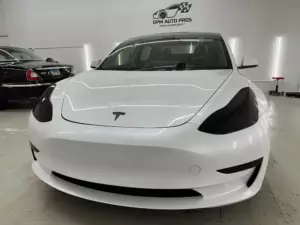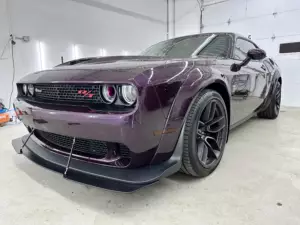What Is a Graphene Coating?
Graphene is an advanced protective layer designed for vehicles. This material is great if you want an enhanced durability and performance. Graphene car coating has a good protection against corrosion, abrasion, and wear. It has unique properties such as lightweight and flexibility, while maintaining high mechanical strength. So, graphene auto coating is ideal for both extreme and everyday conditions.
What are the benefits of such coating? It depends on what kind of quality coating you’re going for. Make the right decision and conduct a research looking for the most trustworthy service providers. If you choose the best graphene coating for cars, it will be able to resist heat, UV rays, and chemical contaminants. The material also reduces water spotting, and it’s easy to clean with hydrophobic properties. Graphene bond at a molecular level, so it has a longer lifespan and superior protection.
Graphene coatings are also popular for their environmental benefits. It’s eco-friendly because graphene requires less energy to apply and maintain. They are thinner and lighter than many alternatives. But they still provide higher thermal conductivity and scratch resistance. So graphene coatings is an excellent choice for protecting car paint, headlights, and exterior surfaces. If you’re seeking for long-term protection or want a sleek, polished finish for your vehicle, graphene coating is fine enough.
What Is a Ceramic Coating?
So, graphene coating vs ceramic coating: what to choose? Let’s see first what each term means. Ceramic coating is also a protective layer, just like graphene. It’s applied to a car’s exterior to protect against scratches, UV damage, and contaminants too. It’s pretty effective to use ceramic coatings for cars to create a semi-permanent barrier. Not only that, but it can also make your vehicle look better while protecting it from environmental damage.
What’s ceramic? Basically, ceramic coating is made of liquid polymers that chemically bond with the car’s surface. What’s different about it? Ceramic has better durability, hardness, and hydrophobic properties. It repels water, dirt, and grime. It’s easier to clean and maintain car, much easier for owners.
When comparing ceramic vs graphene coating, what should you pay attention to? Ceramic coatings are better because they have a glossy, high-shine finish. It looks prettier on a car. But, ceramic coatings may not match the thermal conductivity or abrasion resistance of graphene coatings, especially in high-heat environments. You can also apply ceramic coating on different painted surfaces like glass, and plastic trim.
Ceramic is a preferred choice because it’s affordable and accessible. Your vehicle remains protected while looking polished for years. So, like a graphene coating, it’s easier to clean and maintain the look of your car for much longer.
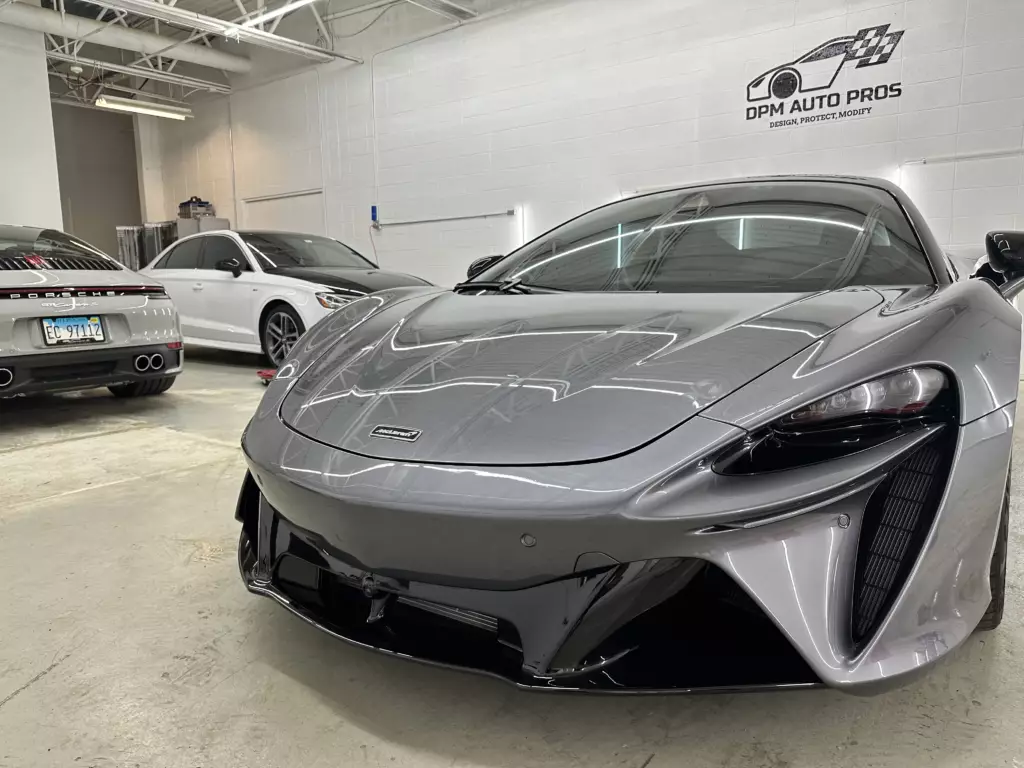
Applying Graphene and Ceramic Coating
You probably won’t be able to coat your car by yourself. Because it usually requires some hi-tech tools and proper surface preparation. Both coatings provide superior protection, but their application methods have slight differences. And a single person with no experience probably doesn’t have a clue about every detail of such process.
Before applying either graphene coating or ceramic-only products, the car’s surface must be cleaned and decontaminated. Professionals use a clay bar treatment to remove embedded particles. After that, they usually do paint correction to for a flawless surface.
Graphene coating for cars needs to be applied in thin layers using an applicator pad. The coating bonds at a molecular level. It creates a durable layer that resists heat, scratches, and water. Graphene requires a curing period for if you want it to serve you longer. This period can range from hours to a couple of days, depending on the product.
Similarly, ceramic coating includes applying liquid polymers in a uniform layer. This way it’s better bonds with the surface. Ceramic coating has hydrophobic properties and enhanced shine. However, unlike graphene, ceramic may require more maintenance to avoid water spots.
While professionals often recommend applying these coatings for optimal results, DIY kits are available for skilled enthusiasts. But if you don’t do it properly, the layer won’t last this long. And it probably won’t look the same compared to work done by professionals.
How Long Do Graphene and Ceramic Coatings Last?
The lifespan of graphene and ceramic coating depends on the product and maintenance. Graphene coatings often last up to 7–8 years. If you choose some premium products, they have extended durability. Ceramic coatings, while effective, typically last 2–5 years before requiring reapplication.
Graphene for cars has a superior longevity because of its unique chemical structure. Its resistance to UV rays, oxidation, and environmental contaminants ensures lasting protection. Unlike ceramic coatings, graphene are less prone to water spotting, which means they have an extended lifespan.
Ceramic coatings are widely appreciated for their glossy, mirror-like finish and hydrophobic properties. With proper care, they can last several years, but their longevity may be reduced if exposed to extreme weather or abrasive conditions. Regular maintenance, including washing with pH-neutral products and avoiding harsh cleaning methods, is essential to maximize their lifespan.
Both graphene and ceramic coatings for cars benefit from routine upkeep. Proper washing, gentle cleaning tools, and avoiding acidic or abrasive chemicals enhance their performance and longevity. With the right maintenance, these coatings ensure that vehicles remain protected, visually appealing, and easier to maintain for years. Whether you prioritize graphene’s durability or ceramic’s high-gloss finish, both coatings provide excellent value when cared for correctly.
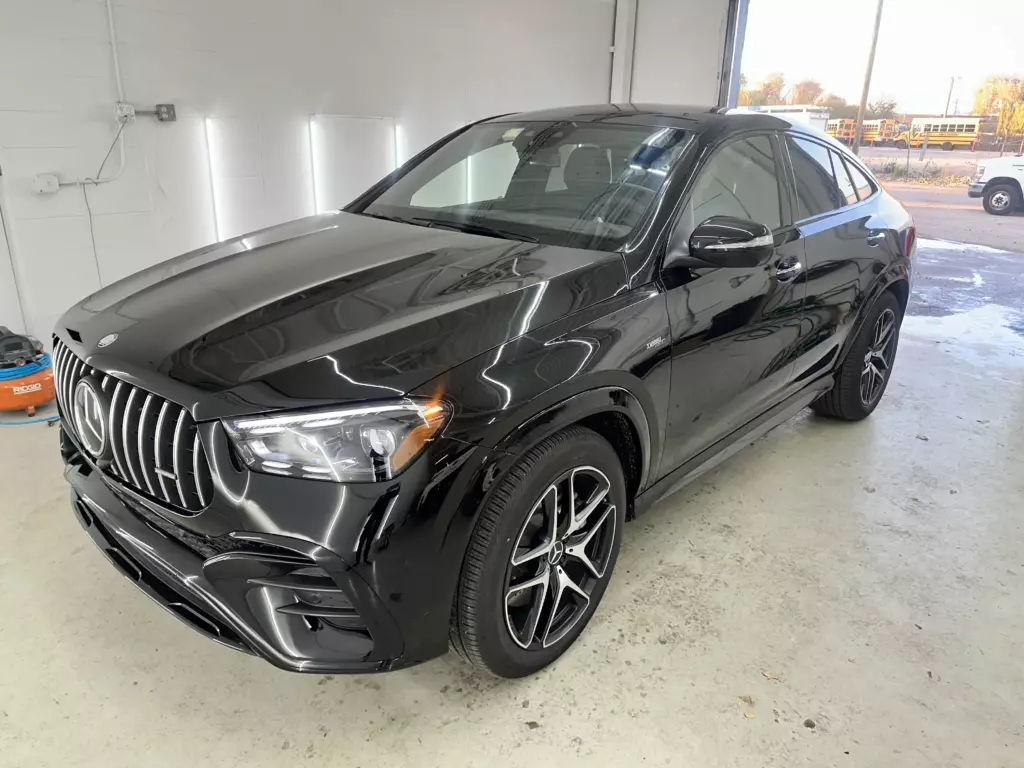
Differences Between Graphene and Ceramic Coating
When thinking about ceramic coating vs graphene coating, key differences are in durability, performance, and cost. Graphene coatings better for durability, with extended longevity and enhanced resistance to heat and scratches. Ceramic coatings have a glossy, mirror-like finish, so it’s a popular choice for aesthetic.
Let’s see what are the main benefits of each coating:
- Durability. One of the greatest graphite benefits is that it lasts longer because of their superior molecular structure. While ceramic coatings may require reapplication within 2–5 years.
- Scratch and heat resistance. Graphene coatings are highly resistant to scratches and can withstand extreme heat. So they’re ideal for vehicles exposed to harsh conditions.
- Water resistance. Graphene coatings effectively minimize water spotting with their hydrophobic and anti-static properties. Ceramic coatings might require additional maintenance to address watermarks.
- Cost. How much does graphene cost? Graphene coatings are typically more expensive than ceramic coatings due to their advanced technology. Ceramic coatings are more affordable upfront, but may have higher long-term costs due to reapplication needs.
If the car is regularly exposed to extreme conditions or harsh climates, graphene coatings have better protection. Ceramic coatings, while less durable, are excellent for vehicle owners prioritizing an attractive, glossy appearance without breaking the bank.
Similarities Between Graphene and Ceramic Coating
Despite their differences, graphene and ceramic coatings share key similarities in car detailing. Both options have a protection, enhance a vehicle’s appearance, and simplify maintenance routines. Main benefits of any coating are:
- Durable protection. Both coatings shield cars from UV rays, minor scratches, and oxidation, maintaining the vehicle’s pristine condition.
- Enhanced appearance. Graphene and ceramic coatings create a polished look, with graphene offering a subtle finish and ceramic enhancing gloss.
- Hydrophobic properties. Both coatings repel water, dirt, and grime, making it easier to keep the vehicle clean.
- Longevity with care. Coatings, when properly maintained, provide long-lasting results that extend the life of the car’s exterior.
In car detailing, graphene vs ceramic coatings both are perfect for vehicle owners who are looking to preserve their car’s look and integrity. The choice depends on individual needs: graphene coatings has advanced protection with reduced maintenance, while ceramic coatings look glossy and has this finish that enhances the car’s aesthetic appeal. Whether for durability or style, both coatings improve the car’s maintenance.
Get Your Professionally Ceramic Coating at DPM Auto Pros in Northbrook, IL
DPM Auto Pros, located in Northbrook, IL, is your destination for professional ceramic coating services. With years of industry experience, the team at DPM Auto Pros specializes in bettering and protecting vehicles with the best automotive care solutions. Led by David, the shop owner and Vinyl Wrap and Paint Protection Film (PPF) Specialist, the team have it all: expertise, passion, and innovation to deliver exceptional results.
Choose the best ceramic car coating as a highly effective solution for preserving your vehicle’s exterior. At DPM Auto Pros, this advanced service is performed with precision. You’ll have a protective layer that resists UV rays, scratches, and chemical contaminants. The result is a sleek, glossy finish enhances the aesthetics of your car and also makes it easier to clean and maintain.
What sets DPM Auto Pros apart is their commitment to quality and customer satisfaction. Every vehicle is treated with attention to detail, making sure that the ceramic coating application meets the highest standards. Whether you own a daily driver or a luxury vehicle, the team have their services to suit your specific needs. Trust DPM Auto Pros in Northbrook, IL, to do a ceramic coating that transforms your car’s appearance and extends its lifespan, giving you peace of mind and unmatched quality.

